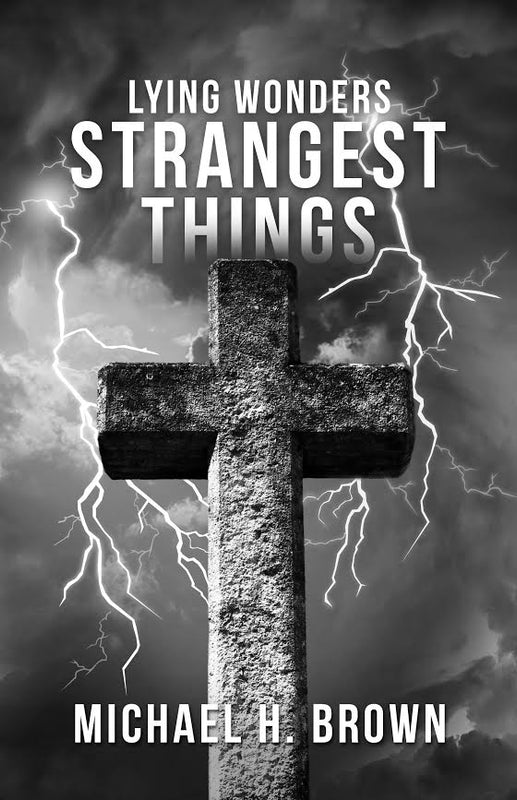Why aren’t the pyramids mentioned in the Old Testament?
Mysterious they are, indeed. We visited once, and praying outside of the second largest at Gizeh, Chephren, we encountered a wind that blew constant sand at us the entire time (a hundred Our Fathers).
Many attach occult significance to these structures.
But back to the question, an interesting one, with many potential answers, the simplest of which may be, when it comes to Scripture: as far as biblical accounts, the pyramids were not relevant.
No major figure did anything of significance there.
Did Moses view them? Who knows.
There are other answers as well.
On the social media platform Quora, where this same question was posed, David Lake, a mathematical analyst, said, “With all due respect to the other answers, there is a very simple reason why the pyramids are not mentioned in the Old Testament. It’s the same reason that the Old Testament doesn’t mention the Grand Canyon or the Great Wall of China: none of the action of the Old Testament takes place at or near the Giza plateau. The closest the Hebrews ever came to the pyramids (in the biblical narrative) were the cities of Pi-Ramses and Pithom, roughly eighty miles north of the Great Pyramid.”
Indeed.
Replied a Christian missionary: “Pre-Alexandrian Jews would not have used the word pyramid. However, in the Old Testament, we do see the word ‘migdol.’ This word is translated ‘tower’ and could represent any large monolith, obelisk or pyramid. Migdol is the Hebrew word used to describe the Tower of Babel in Genesis 11:4, and it is translated similarly in Ezekiel 29:10 and 30:6. In describing a ‘pyramid,’ this is the word the Hebrews would have most likely used. Furthermore, Migdol is a place name in Exodus 14:2, Numbers 33:7, Jeremiah 44:1, and Jeremiah 46:14 and could mean that a tower or monument was located there.”
Noted Matt Riggsby, an archeologist at Boston University, “There are in fact dozens of pyramids in Egypt, but to turn the question around, why should the building of any of them be mentioned? Contrary to post-Biblical legend, Jews did not participate in the construction of the pyramids. The Egyptians had pretty much given up on building such things by the time the Israelites appeared. That pretty much puts their construction outside of the scope of Christian and Jewish scriptures.”
Noted a senior software engineer at IBM, Christopher Wood, “Consider the movie King Kong. The last scenes take place in New York in 1933. But the Statue of Liberty is never pictured or mentioned, even though it clearly existed at the time. Why not? Because it’s not relevant to the story.”
One might also ask: why that sandstorm? Is there anything to “pyramid power”? Or is this just occult nonsense?
This much we’ll take to heed: the pyramids are pagan and also graves. Are spirits attached to them?
That answer–especially in light of those one hundred Our Fathers— is an easy one.
[resources: Michael Brown retreat, Florida, 5/16/24]


:max_bytes(150000):strip_icc()/giza-pyramid-EGYPTSECRETS1016-617b2b1b23dd4fd38bc9f365af7235ab.jpg)
